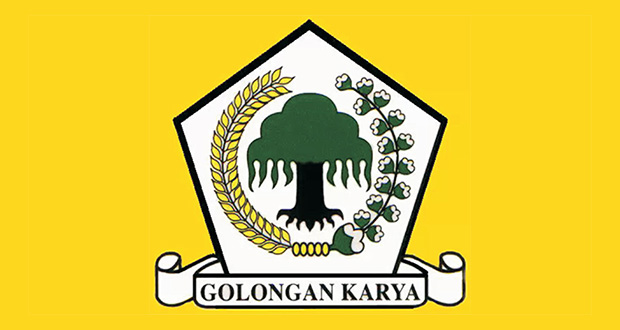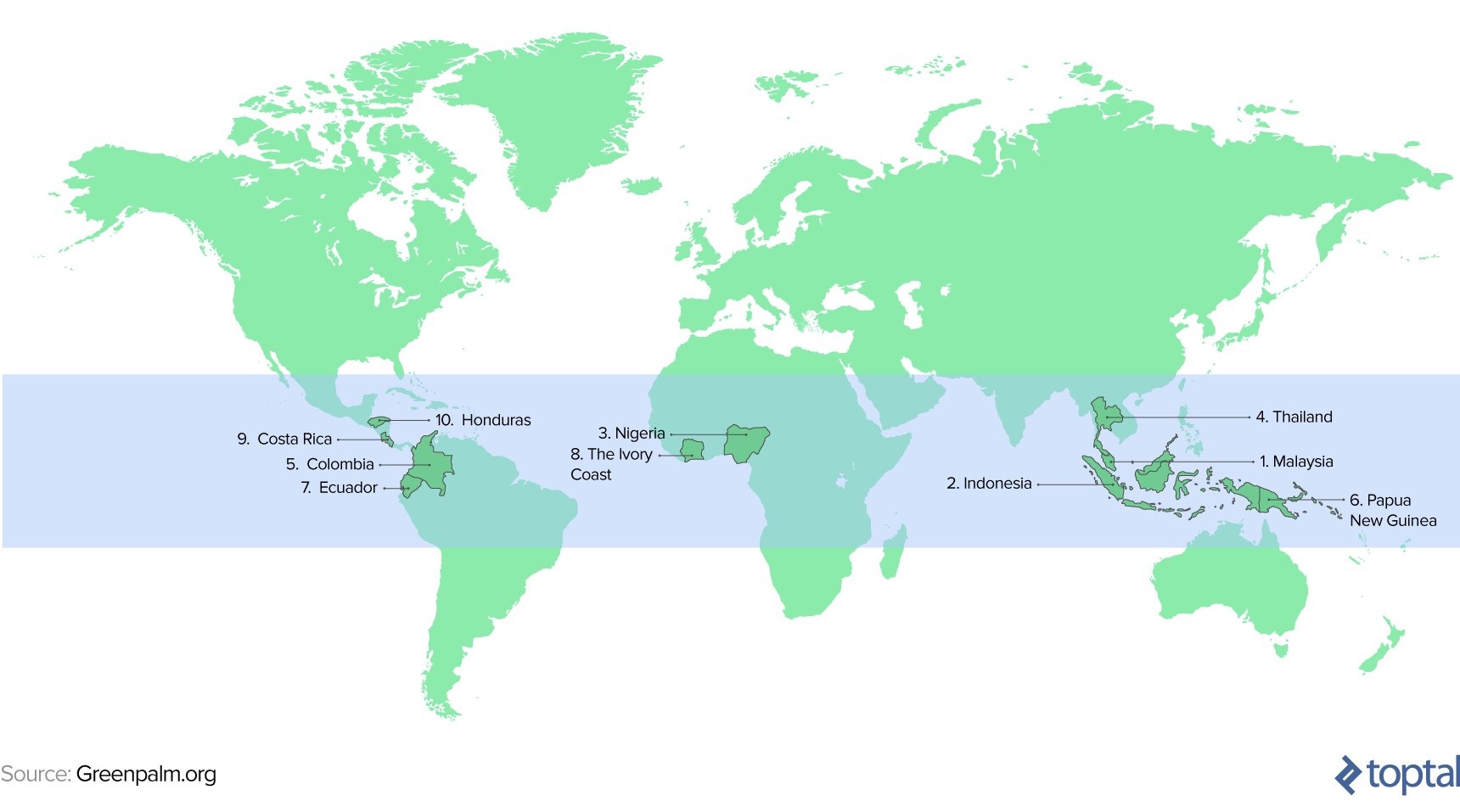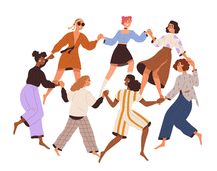
漢德百科全書 | 汉德百科全书
 Indonesia
Indonesia


Javanese dance is the dances and art forms that were created and influenced by Javanese culture in Indonesia. Javanese dance movement is controlled, deliberate and refined. Javanese art often displays a finesse, and at the same time a serene composure which is elevated far above everything mundane.[1] Javanese dance is usually associated with courtly, refined and sophisticated culture of the Javanese kratons, such as the bedhaya and srimpi dance. However, in a wider sense, Javanese dance also includes the dances of Javanese commoners and villagers such as ronggeng, tayub, reog, and jaran kepang.
Javanese dance and its discipline has different styles and philosophy compared to other Indonesian dance traditions. Unlike vigorous and expressive Balinese dance or cheerful and slightly sensual Sundanese dance, Javanese dance are commonly involving slow movements and graceful poses. Javanese dance have somewhat a meditative quality and tends to be more self-reflective, introspective and more oriented toward self-understanding.[2] Javanese dance is usually associated with Wayang wong, and the palaces of Yogyakarta and Surakarta due to the nature of dance being a pusaka or sacred heirloom from ancestors of the palace rulers. These expressive dances are more than just dances, they are also used for moral education, emotional expression, and spreading of the Javanese culture.


 Columbia
Columbia
 Costa Rica
Costa Rica
 Côte d´Ivoire
Côte d´Ivoire
 Ecuador
Ecuador

 Eat and Drink
Eat and Drink
 *Palm oil
*Palm oil
 Honduras
Honduras
 Indonesia
Indonesia

 Agriculture, forestry, livestock, fishing
Agriculture, forestry, livestock, fishing
 Malaysia
Malaysia
 Nigeria
Nigeria
 Papua-Neuguinea
Papua-Neuguinea
 Thailand
Thailand

 Geography
Geography
 Dances
Dances
 Party and government
Party and government